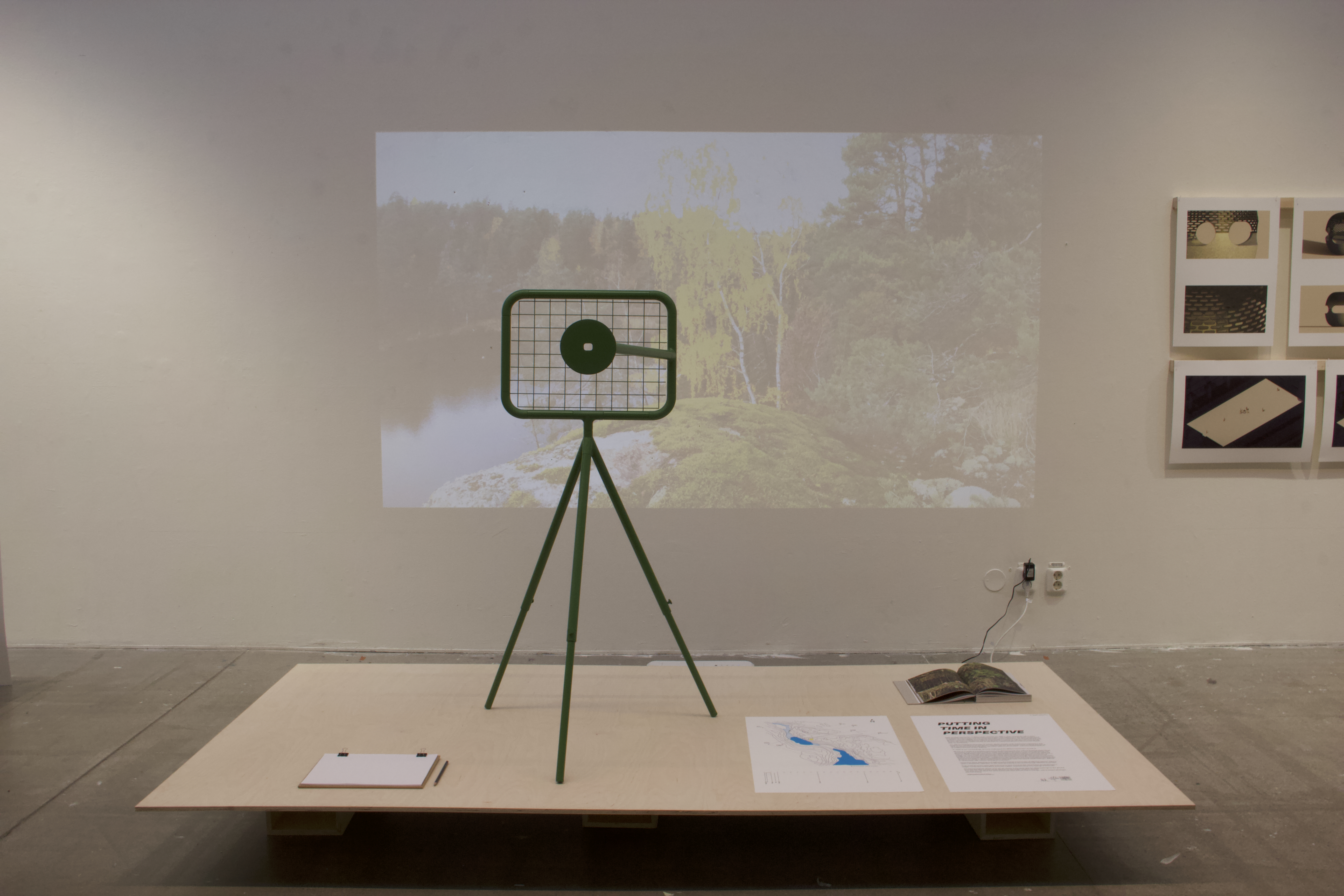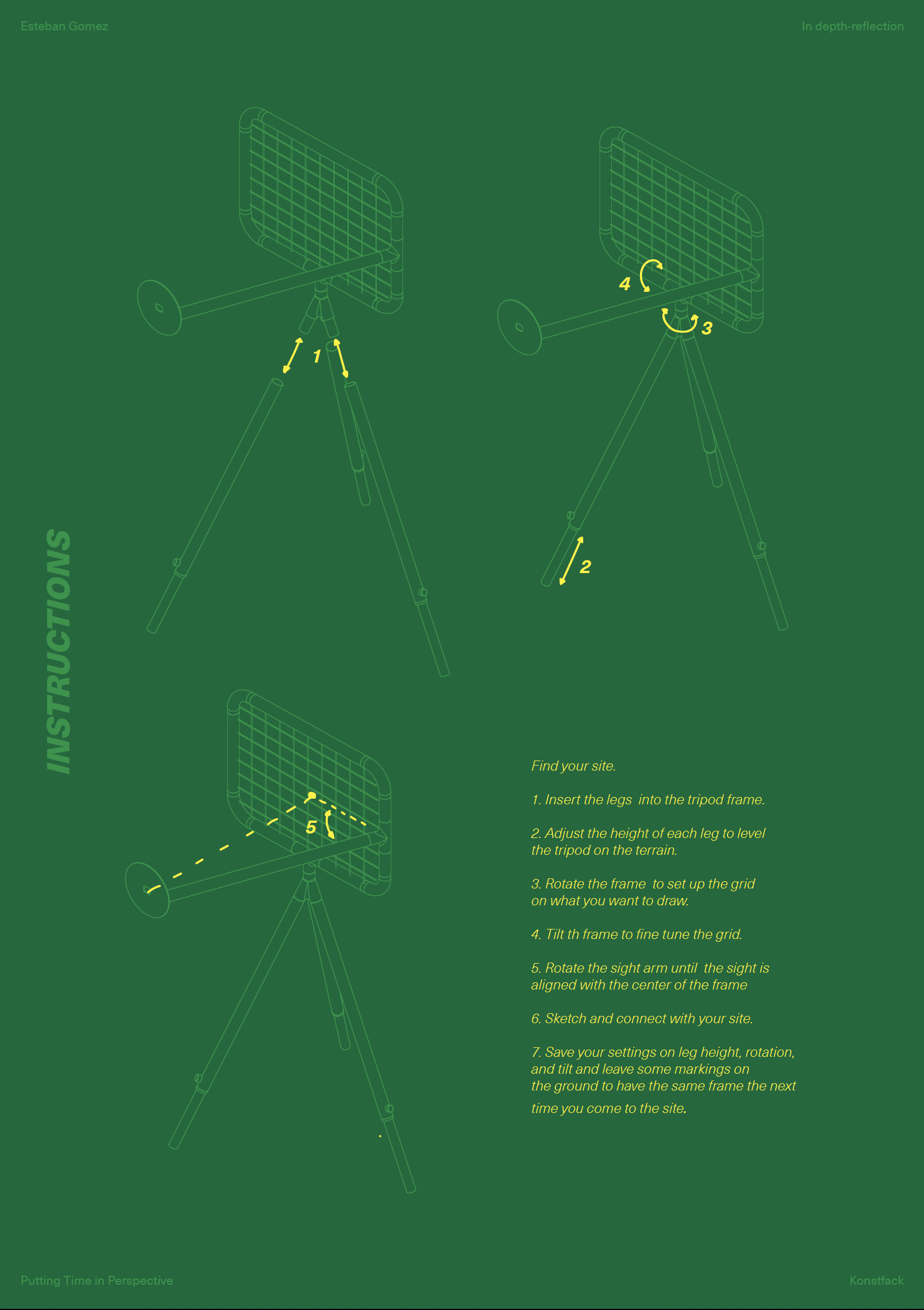Putting Time in Perspective

Photo / Esteban Gomez
Putting Time in Perspective
The different biological timescales of insects, plants, animals, earth and humans represent a challenge to our coexistence on the planet. “ Over the last 250 years we humans have emptied deposits of oil in the earth’s crust that had taken 100 million years to accumulate”1 and have treated earth as an endless resource.
We live on a world of immediacy and want everything fast and easy without thinking where things come from, how much time it took to create them, and what traces or scars they left behind. The Khasis in Meghalaya India “plan their root living bridges a decade in advance, planting rubber trees at critical crossings across rivers, and after thirty years of training the roots across the rivers, a bridge can carry a load up to fifty people. Under ideal conditions, the lifespan of a living root bridge can be several hundred years. Over time the roots grow stronger and are low in cost, maintenance, and embodied energy”2.
Indigenous communities around the world have learned to understand and respect nature's biological timescales and cycles and have managed to become part of nature by doing so. Most Humans live in cities apart from the natural world making it di cult to synchronize with nature's biological timescales.
A Boreal forest near Stockholm in Nacka, Saltsjö-Boo. The surroundings of lake Glasbrukssjön are full of life. I spent around 20 hours on different days walking, sketching, observing, photographing, and Filming. Everything around me had different lifespans which could go from weeks to years to billions of years. This made me realize that one of my deepest disconnections to nature is my anthropocentric notion of time, which blurs my understanding of everything around me. I was sitting on a rock that was 4.5 billion years old, looking at a beaver that lives 10 years, a dragonfly that lives 7 weeks, a deer that lives 15 years, a crayfish that lives 20 years, a tree that lives 200 years, and I that will live for around 50 more years. I thought that one way to change my notion of time, would be to spend more time in this place, come back more often, and really observe how nature changes around me. I needed to use as many senses as possible and really focus on the details because it changes quite slowly for some and quite fast for others. Having a framed image would enable me to look at things from the same angle and focus on one spot. Drawing the same image frame several times would enable me to record in images the pass of time in an analogue way.
1. Big World Small Planet, Jhon Rockstromand Mattias Klum
2. LO-TEK Design by Radical Indigenism, Julia Watson
Video / Esteban Gomez

Map of Glasbrukssjön, Nacka Saltsjö-Boo
Perspectograph

Photo / Esteban Gomez


Konstfack / Indepth reflection
Tutor/ Jenny Althoff
Year / 2020